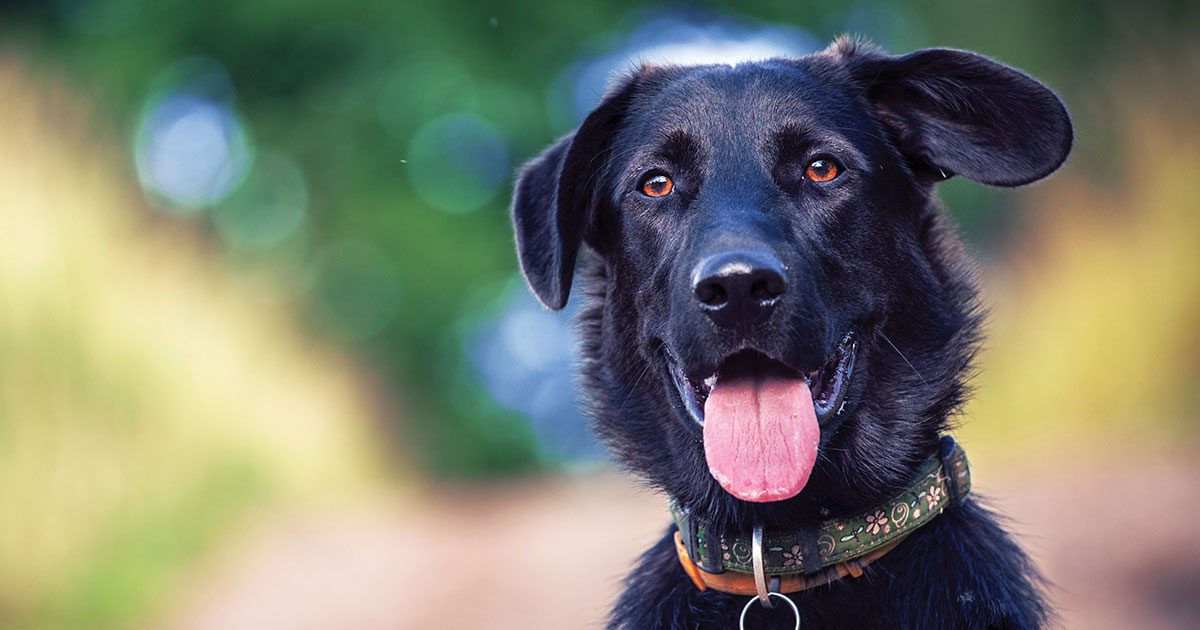The owner/pack leader, termed the alpha, and his or her canine have a strong bond. Through nonverbal communication, each can sense sorrow, happiness, and contentment. Dogs live for their owner’s love and approval. For owners, it takes time to understand stares, yips and loud barks, as well as other worrisome behaviors such as biting a paw or incessant licking. Studies have concluded dogs stimulate oxytocin, the same hormone which bonds a mother and child. It occurs with soft-spoken words, eye-contact, facial expressions, and gentle strokes over the head or ears. How often has a four-legged friend sat down in front of you and stretched out a paw? The request is simple; touching is synonymous with happiness and love.
Connecting with the Pack
Particular clues can tell the pack leader aspects of a dog’s health and character. A dog who may occasionally lean against your leg, back, or feet is giving you a sign of affection. Although she may be nervous, her owner is viewed as a trusted protector.
Are you fighting with a dog who wants to sleep with you? This is the ultimate display of love and trust. Imitating the act of gathering in a den, it is natural to sleep with her pack. If she is separated from the pack all day, it is a form of comfort to be close to family.
Sleep Positions
Similar to humans, a canine’s sleep position reveals levels of happiness and health. A fiercely loyal and happy dog may sleep on her side. It says she is content with her surroundings and has trust in her pack.
- Lying stretched out and flat is an indication of excellent health and a means to reduce body temperature.
- Lying flat but curled may prove your dog has stiff muscles and cannot easily relax.
- A tightly curled position conveys a need for protection against predators or chill.
- Paws in the air is a pose of trust, relaxation, or a need to be cool.
Sneezing
New smells, like perfumes, cleaning products, or pollen may result in an upper airway irritation. The outcome is a sneeze. Owners must be aware of heavy amounts of discharge or blood; it could be an indication of more significant problems such as an allergy or infection.
Biting Paws or Excessive Licking
The instinctive action to take care of a hurt is through touch. Dogs use their teeth to dislodge items such as burrs, pebbles, or ticks, and when the skin aches, the response is licking. Over time and with persistent attention, the area may show redness or swelling. Your four-legged friend may limp, protect the paw, or cry when touched. Excessive licking on the belly, for instance, may be a symptom of seasonal changes, such as excessive dry skin, termed dermatitis, or a food allergy. Simple solutions are to launder bedding and bathe using a medicated shampoo. For any worrisome situation or if you have questions, please contact your vet.
Tip: Plastic can result in allergic reactions; therefore, choose stainless steel or ceramic bowls and hard rubber toys. Clean often!
Ear Infections
If your dog is tilting or intentionally shaking her head, unable to walk straight, or scratching her ears, these may be symptoms of an ear infection. Sensitive to touch, your dog may fear gentle touches. A calm voice while investigating the ear may reveal a sweet odor, redness, swelling, crusts or scabs, or a brown or reddish discharge. Whether the infection is due to dirt or water, ear mites, bacteria or a hormone imbalance, a veterinarian will prescribe drops to resolve the suffering.
Tip: Never use Q-tips to remove dirt. Bacteria or dirt can be dislodged and travel further down the ear canal.
A Dry Nose
Not all dogs have wet noses. Without the ability of a dog’s licks, the nose may become dry as she sleeps. Hydration is another critical factor. Ensure the family dog has every opportunity to drink from a clean source inside and outdoors. Avoid placing her favorite pillow near heating vents or out in direct sunlight, as both can result in a dry nose, bumps and cracks, discoloration, and even cracking. Try a small dab of coconut oil for a short-term solution, or a certified pet lubricant.
The pack instinct will help you pay closer attention to your dog’s needs. Watch carefully and listen for changes in her behavior and voice!






















